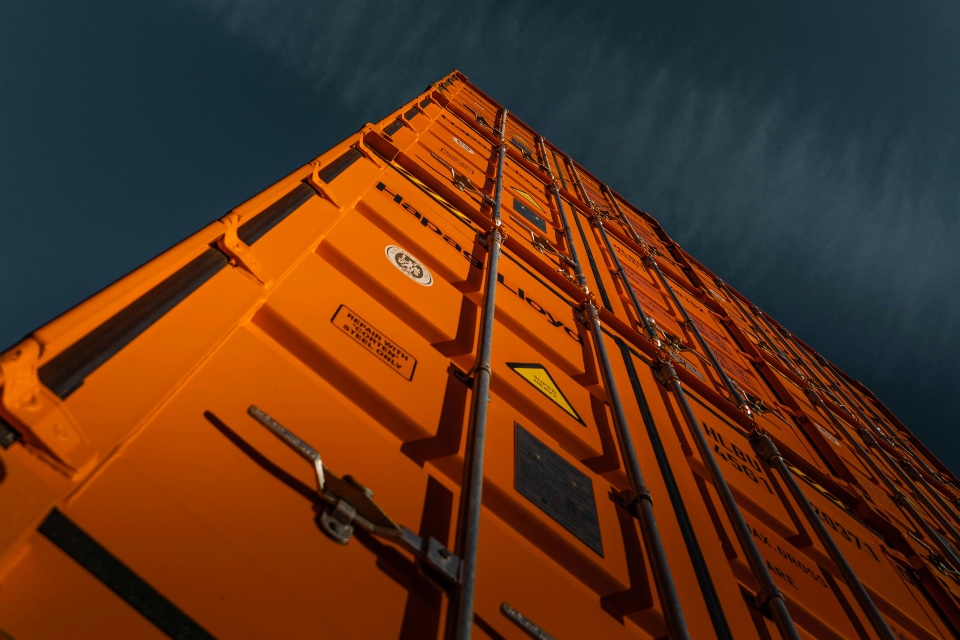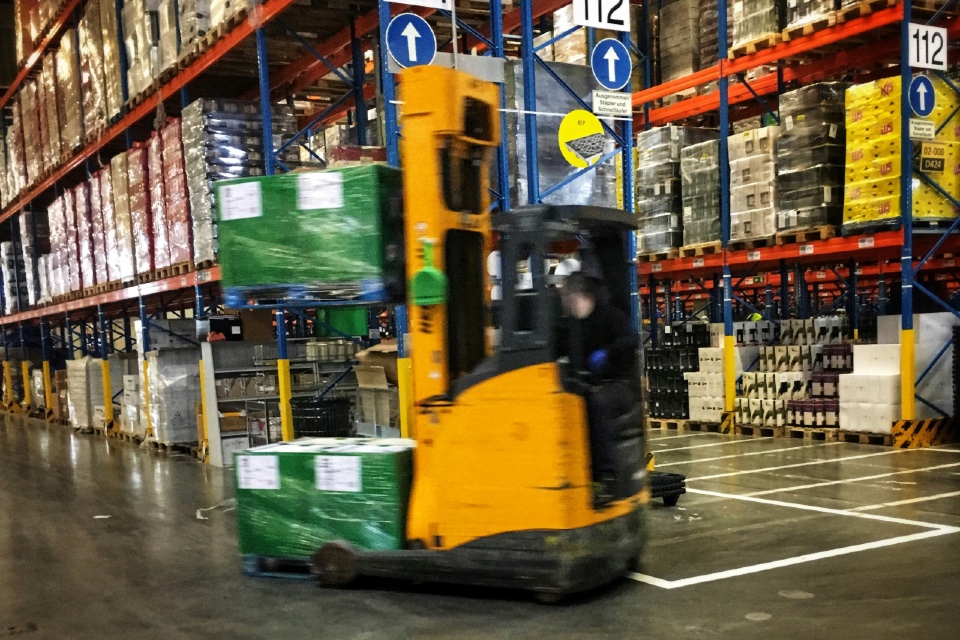Supply chain pressures are forcing organisations to rethink how they manage warehousing, transport and distribution. Rising energy costs, driver shortages, tighter sustainability targets, and fluctuating demand have made standalone facilities harder to justify, particularly for businesses with seasonal or variable volumes…
In response, a growing number of organisations are turning to multi-client logistics hubs: shared distribution centres and transport networks that pool resource, infrastructure and data across multiple businesses. This collaborative model is fast becoming a key lever for efficiency, resilience, and ESG compliance.
A Smarter Use of Space and Cost
Traditional single-client warehouses often operate below capacity, especially during off-peak periods. Multi-client hubs enable logistics providers to aggregate multiple supply chains within a single estate, improving utilisation and dramatically lowering operational cost per pallet or square foot.
Shared hubs also allow organisations to access strategically located space, near ports, cities or transport corridors, without the capital investment of owning or leasing an entire facility.
Collaboration as a Competitive Advantage
The biggest gains, however, come from shared transport networks. By consolidating shipments from multiple clients, providers can optimise routing, reduce empty miles, and improve load efficiency. This drives:
- Lower fuel costs
- Reduced emissions
- Faster delivery windows
- Improved capacity planning
For companies under pressure to demonstrate sustainability progress, collaborative transport provides a direct emissions reduction pathway without requiring fleet ownership or asset-heavy investment.
Risk Reduction Through Shared Infrastructure
Multi-client hubs also create resilience. If one organisation experiences a spike in demand or disruption in its supply base, shared systems allow capacity to flex. This reduces overreliance on fixed facilities and spreads operational risk across a broader network.
Meanwhile, 3PL and 4PL partners can deploy shared labour pools, automation and digital tools more efficiently across multiple contracts, something smaller, stand-alone facilities struggle to achieve.
Technology as the Enabler
What makes this model viable today is connectivity. Modern logistics hubs run on shared data platforms, integrating inventory tracking, forecasting tools, and route optimisation in real time. This transparency enables participating organisations to maintain the same level of control and oversight they would in a dedicated facility, with better economics and flexibility.
The Future of Collaborative Logistics
As economic and regulatory pressures continue to tighten, multi-client logistics hubs will become a cornerstone of supply chain strategy. The organisations that benefit most will be those willing to shift from ownership to access, and from isolated networks to shared ecosystems.
Are you searching for 3PL and 4PL solutions for your organisation? The Total Supply Chain Summit can help!
Photo by Vardan Papikyan on Unsplash






